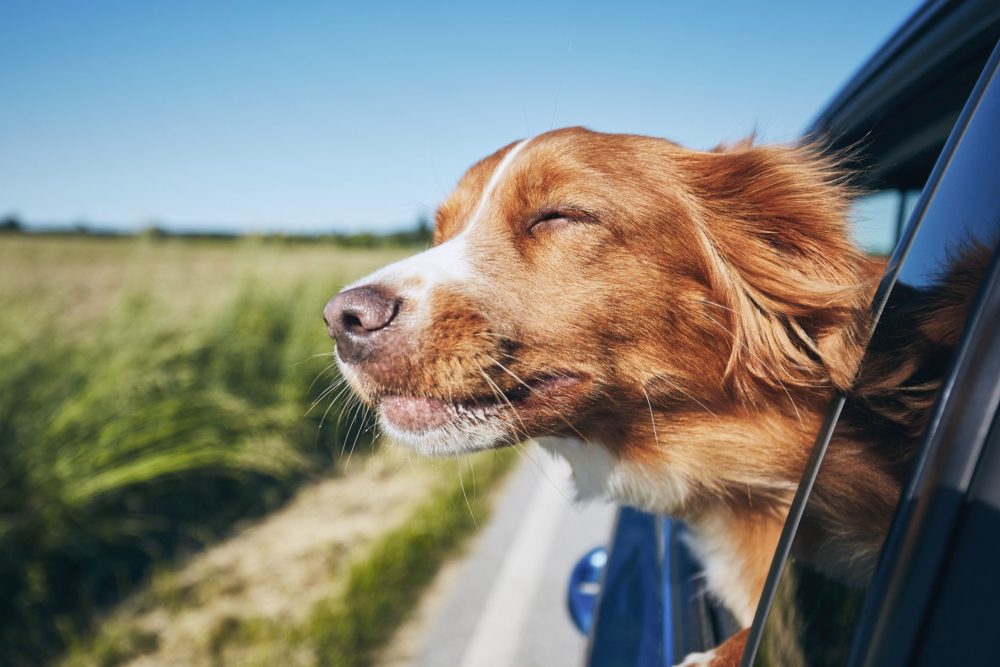Careful planning for an adventure called traveling with a pet to a distant destination is not always that easy. Specifically, you must meet some of the requirements that are expected of you in this regard. Pet owners know that there are no spontaneous trips with their cute furry friends. Traveling requires careful planning and skillful organization.
You will not check in a hotel with a dog, cat or a bunny – before making sure that pets are allowed. Also, you will not embark with your pet on an airplane, boat or rail – before you meet all procedural requirements. So what does this procedure look like, step-by-step? Read in our 2024 guide.
Pet Health Status
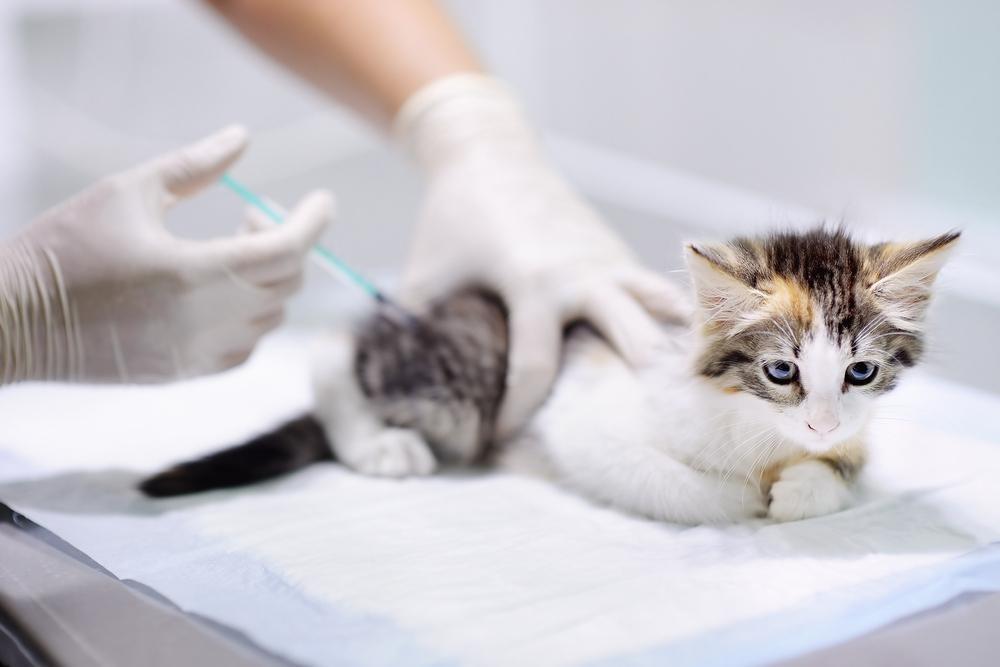
Source: richviewanimalhospital.ca
In the first place, the pet needs to be permanently labeled with a microchip and vaccinated against the rabies virus. According to the veterinary regulations of most countries in the world – a dog will get its microchip when a puppy passes into the hands of a new owner because until then it is kept under the mother’s microchip number. The rabies vaccine is given when the dog is three months old.
Pet’s Passports
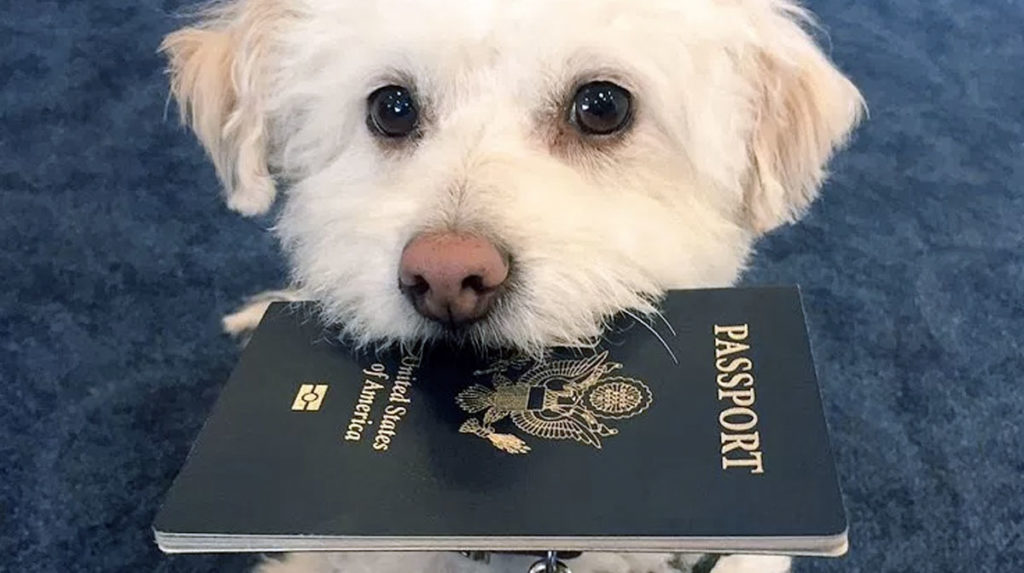
Source: rover.com
Pet passports vary in appearance from country to country. They are issued by veterinarians, but they all guarantee that your pet is mentally and physically fit to travel and that it is not a carrier of some disease that is dangerous to humans. Some countries will ask pet owners for additional documentation signed and certified by a licensed veterinarian on flea, ticks, and parasite vaccines performed – but also some other licenses.
For example, if the dog is traveling in the luggage compartment of the aircraft, which is colder than the rest of the aircraft, it is also important to obtain an acclimatization certificate, which guarantees that your animal can withstand travel in an area cooler than 7 degrees Celsius.
Titer Test
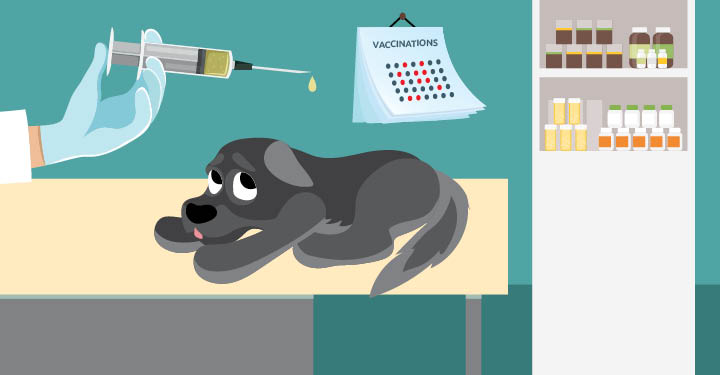
Source: dogsnaturallymagazine.com
It is a blood test to determine the amount of rabies virus antibodies. It can be done at the earliest one month after vaccination and the blood sample is taken exclusively by a veterinarian. Test results are waiting for a maximum of 14 days. One copy arrives at the owners and the other to the blood sampling veterinarian.
If the test is good – with that result you go to a veterinary inspection, where the veterinary inspector enters it into the pet’s passport and seals it. It takes three months between the results to arrive and the pet’s possible departure to the countries that are requiring this analysis.
Pet’s Health Certificate
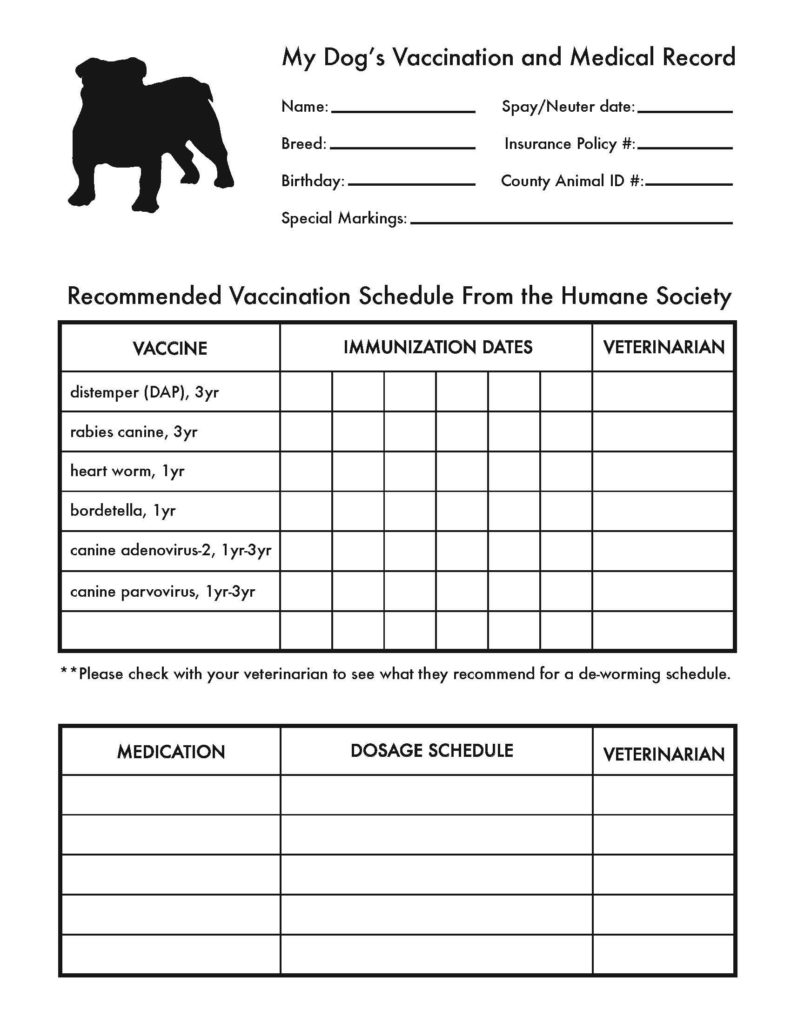
Source: tomope.zaribanks.co
A pet health certificate issued by your or your local veterinarian is also required when traveling to certain countries – which is taken 48 hours before departure. In the case of travel to countries requesting a titer test, this certificate will also be required when visiting a veterinary inspector to obtain a veterinary certificate. It is issued in the city veterinary inspection.
Special Pet Transporters
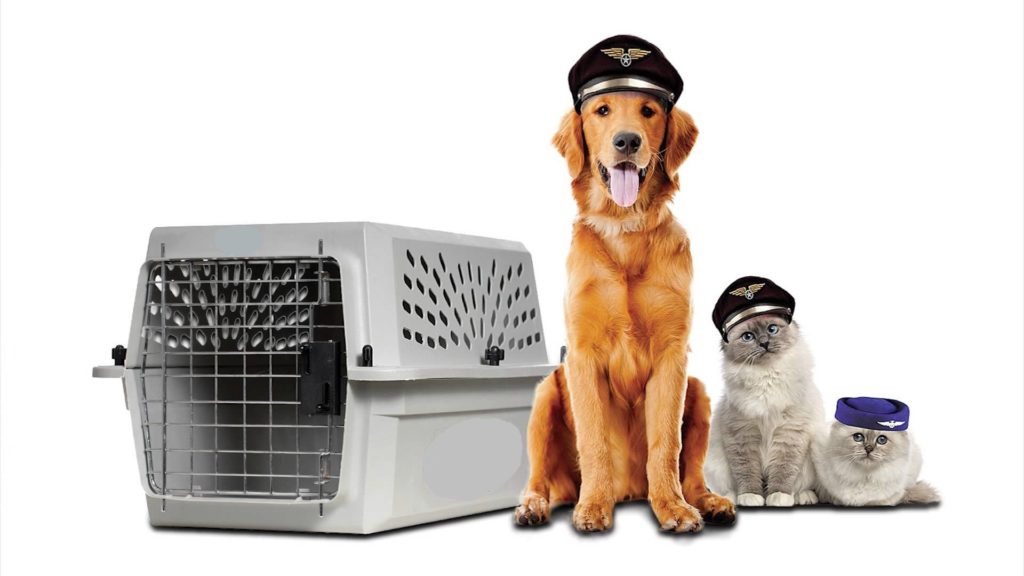
Source: medium.com
To ensure your pet is comfortable traveling and complies with all legal requirements, it is important to buy the right transporting container. Once you get the transported, make sure you provide all the comfort for your pets (rabbits) in the new home. At Petonbed.com, you can find reviews of the best indoor rabbit cages and it is clear that even the larger species will have a lot of room.
Back to travel. The transporting cage must also provide sufficient airflow, have a solid door – while aircraft also recommend a metal structure that will protect your animal from possible injury during turbulence. You can buy the appropriate container in pet shops or through some of the websites specializing in the sale of transportation aids.
Quarantine
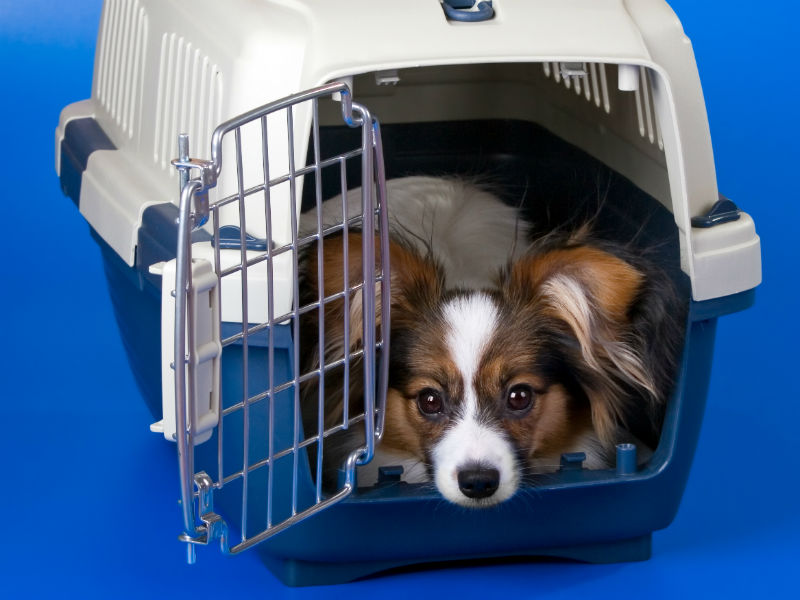
Source: akc.org
Crossing the border with a pet is sometimes not easy. If your preferred destination is the United Kingdom, know that this country has a special PETS system that details the rules of behavior of the owner and his pet from birth to entry. If you do not follow all vaccine procedures, your pet may end up in British quarantine for up to 6 months, or even be forced to euthanize. Australia also has a complex process for entering an animal, which is impossible to enter without Aqis permission. Therefore, make sure to inquire about this before embarking on a trip with your pet.
Traveling By Plane
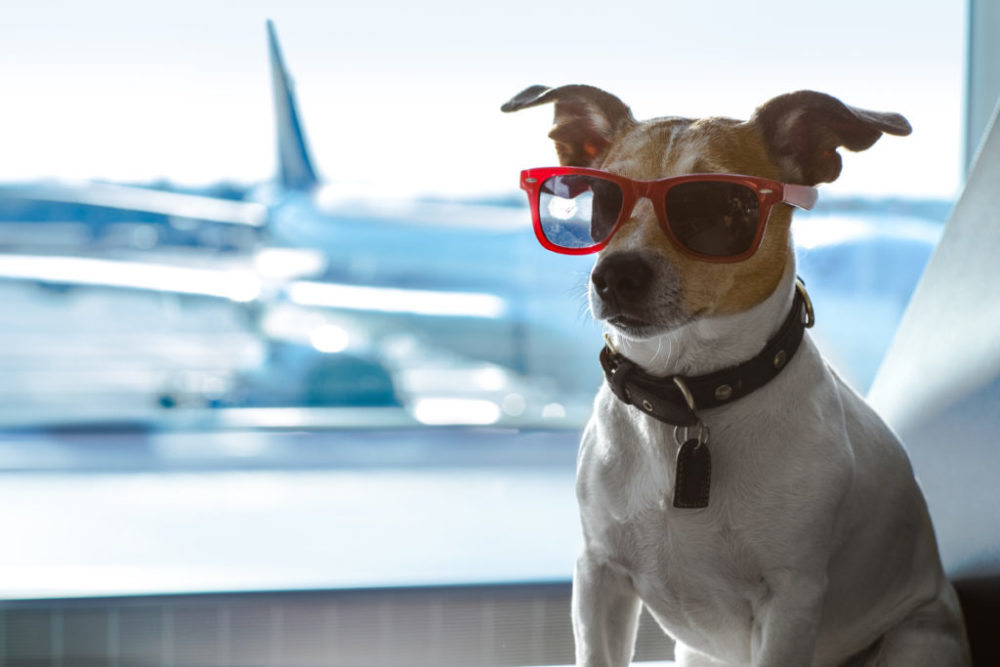
Source: millionmilesecrets.com
Pets are generally welcome companions in most of the airline companies. However, their seats should be booked in advance and will be charged separately. You can also expect some additional costs in case of international flights. When flying by plane, our pets should be seated in a prescribed container of maximum width, length, and depth of up to 115 centimeters, with a waterproof bottom.
They shouldn’t weigh more than 8 pounds with the transporting cage. If these parameters are exceeded, our pets are allowed to be transported in cargo, that is in the trunk of the aircraft in a suitable transporter like a separate type of luggage. Very similar rules apply to most European and world airlines – with the addition that small dogs and cats can only be driven in the cabin if the flight lasts up to 10 hours.
Traveling By Boat
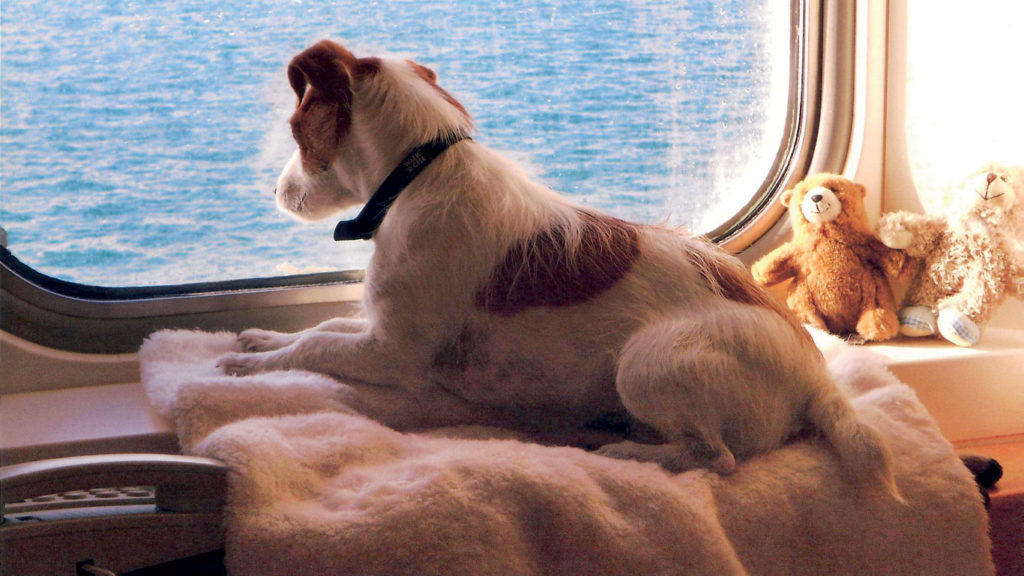
Source: motoringresearch.com
There are only a small number of shipping carriers in the world that allow pet escorts. Before embarking on a trip, it is important to choose the right carrier and follow its rules. When buying a pet ticket, it is important to have veterinary travel permits with you.
Boat carriers will encourage owners to keep their pets on the open deck, on a short leash, and with constant control while traveling. If the weather does not allow for staying outdoors, pets may also be in the owner’s cabin only if the entire cabin is reserved for him. In most cases, pets should be out of contact with other passengers, isolated in separate containers.
Traveling By Car
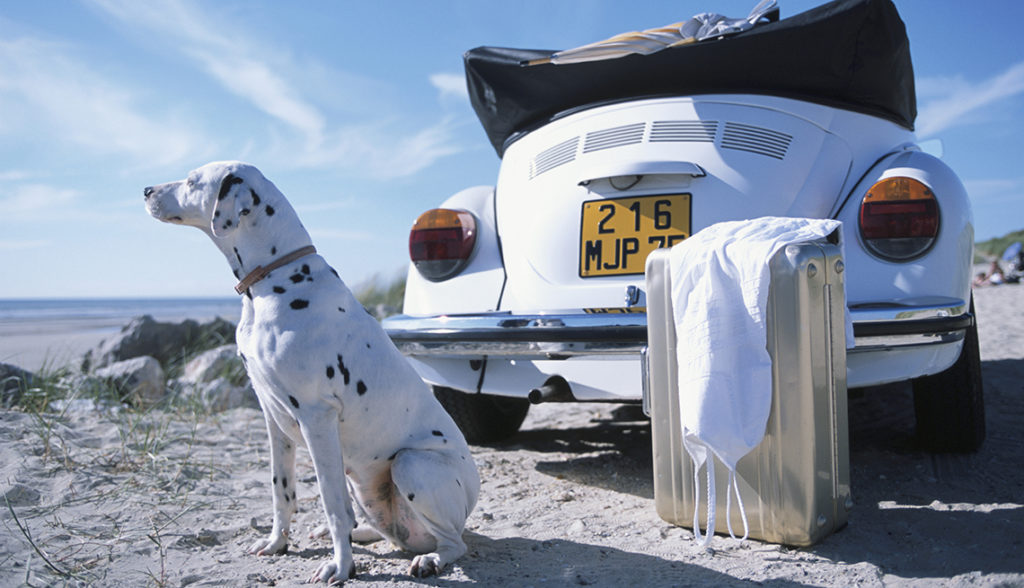
Source: aarp.org
In your car, it is you who sets the rules! Keep in mind that the pet must be comfortable while traveling, so make sure that the car is air-conditioned and that water and food are available to the animal.
However, do not feed it while the vehicle is moving. Make sure that it is in the back seat so that it is near you, but not so close to the control panel. Refrain from opening windows because strong wind can damage your pet’s eyes and ears. Organize short stops every 2-3 hours so you can all work out together.


